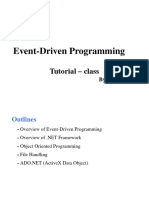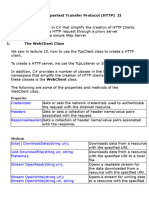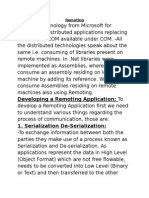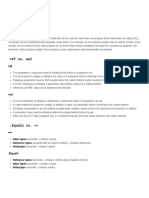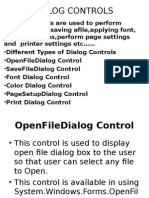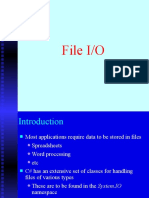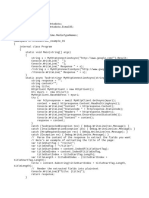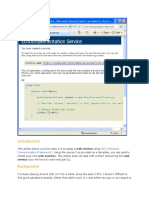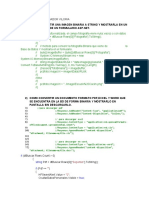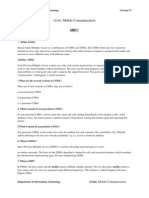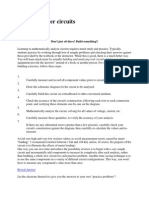GemBox Support Center
Portal > Knowledgebase > GemBox.Document > Working with document file stream
Working with document file stream
Mario - GemBox - 2017-02-09 - 0 Comments - in GemBox.Document
GemBox.Document provides few overload Load methods and overload Save methods.
These methods enable us to work with a physical file (when providing a file's path) or with
an in-memory file (when providing a file's stream).
The following is a small demonstration sample of these methods:
C# code
DocumentModel document;
// Create input file's stream.
using (Stream input = File.OpenRead("Input.docx"))
// Load input file from stream.
document = DocumentModel.Load(input, LoadOptions.DocxDefault);
// Edit document by adding new content.
document.Sections[0].Blocks.Insert(0, new Paragraph(document, "Hello World!"));
// Create output file's stream.
using (FileStream output = File.Create("Output.docx"))
// Save output file to stream.
document.Save(output, SaveOptions.DocxDefault);
VB.NET code
Dim document As DocumentModel
' Create input file's stream.
Using input As Stream = File.OpenRead("Input.docx")
' Load input file from stream.
document = DocumentModel.Load(input, LoadOptions.DocxDefault)
End Using
' Edit document by adding new content.
document.Sections(0).Blocks.Insert(0, New Paragraph(document, "Hello World!"))
' Create output file's stream.
Using output As FileStream = File.Create("Output.docx")
' Save output file to stream.
document.Save(output, SaveOptions.DocxDefault)
End Using
Also, among the GemBox.Document's overload Save methods there are some that take an
object type as the first parameter. These methods are used for direct streaming of an
output file to the web application's client. This object parameter can be of the
System.Web.HttpResponse or System.Web.HttpResponseBase type; note that this
parameter is by design of an object type in order to avoid GemBox.Document's dependency
with System.Web assembly.
�Here is an example of streaming a file to the client's browser in ASP.NET Web Forms
application:
C# code
public partial class _Default : Page
{
protected void Page_Load(object sender, EventArgs e)
{}
protected void Button1_Click(object sender, EventArgs e)
{
DocumentModel document = new DocumentModel();
document.Sections.Add(
new Section(document,
new Paragraph(document, "Hello World!")));
document.Save(this.Response, "Output.docx");
}
}
VB.NET code
Public Class _Default
Inherits Page
Protected Sub Page_Load(ByVal sender As Object, ByVal e As EventArgs) Handles Me.Loa
d
End Sub
Protected Sub Button1_Click(sender As Object, e As EventArgs) Handles Button1.Click
Dim document = New DocumentModel()
document.Sections.Add( _
New Section(document, _
New Paragraph(document, "Hello World!")))
document.Save(Me.Response, "Output.docx")
End Sub
End Class
And here is an example in ASP.NET MVC application:
C# code
public class HomeController : Controller
{
public ActionResult Index()
{
return View();
}
public void Download()
{
DocumentModel document = new DocumentModel();
document.Sections.Add(
new Section(document,
new Paragraph(document, "Hello World!")));
� document.Save(this.Response, "Output.docx");
}
}
VB.NET code
Public Class HomeController
Inherits Controller
Function Index() As ActionResult
Return View()
End Function
Sub Download()
Dim document = New DocumentModel()
document.Sections.Add( _
New Section(document, _
New Paragraph(document, "Hello World!")))
document.Save(Me.Response, "Output.docx")
End Sub
End Class







